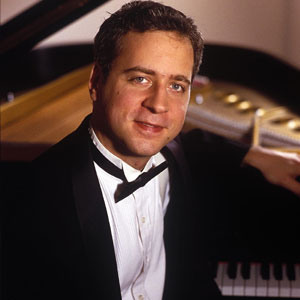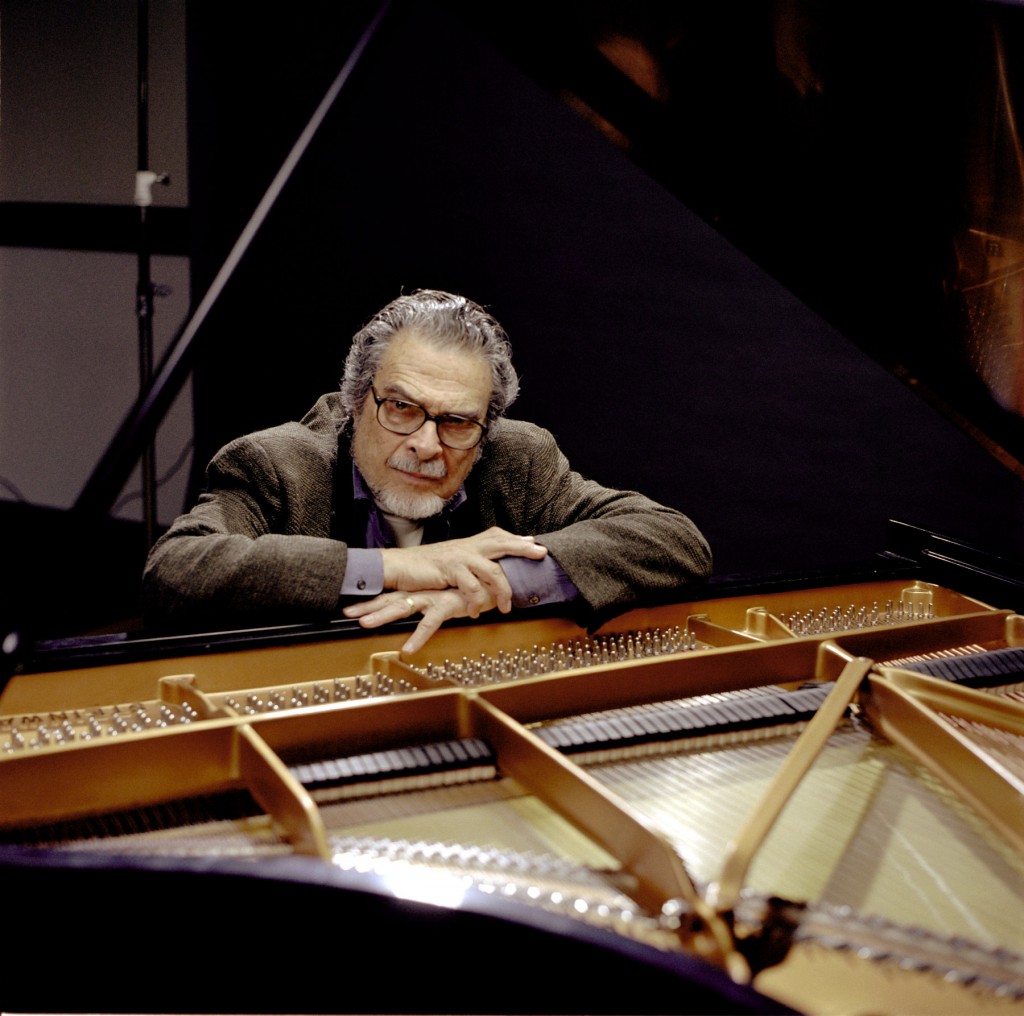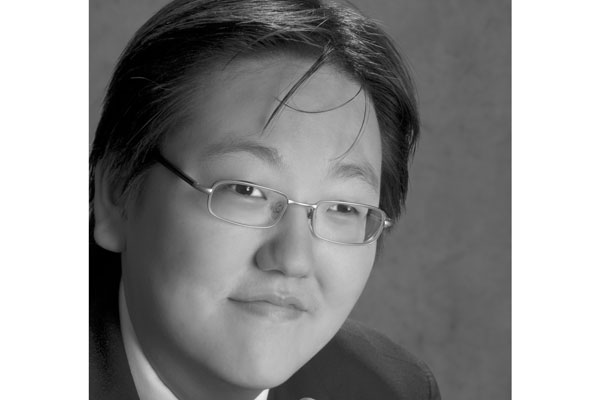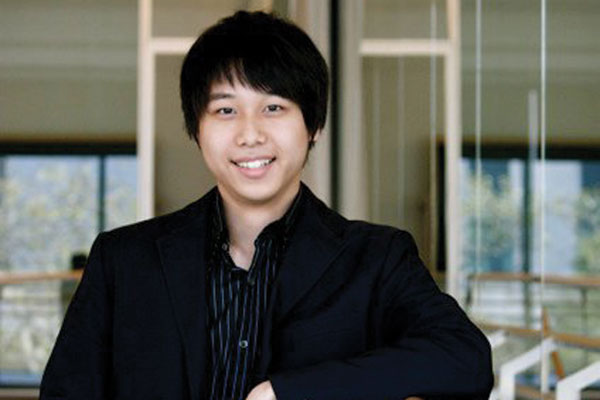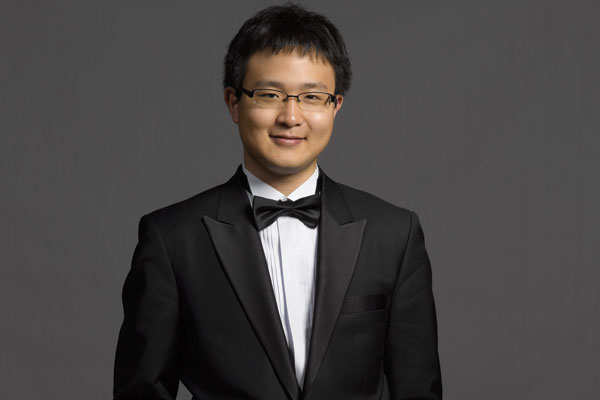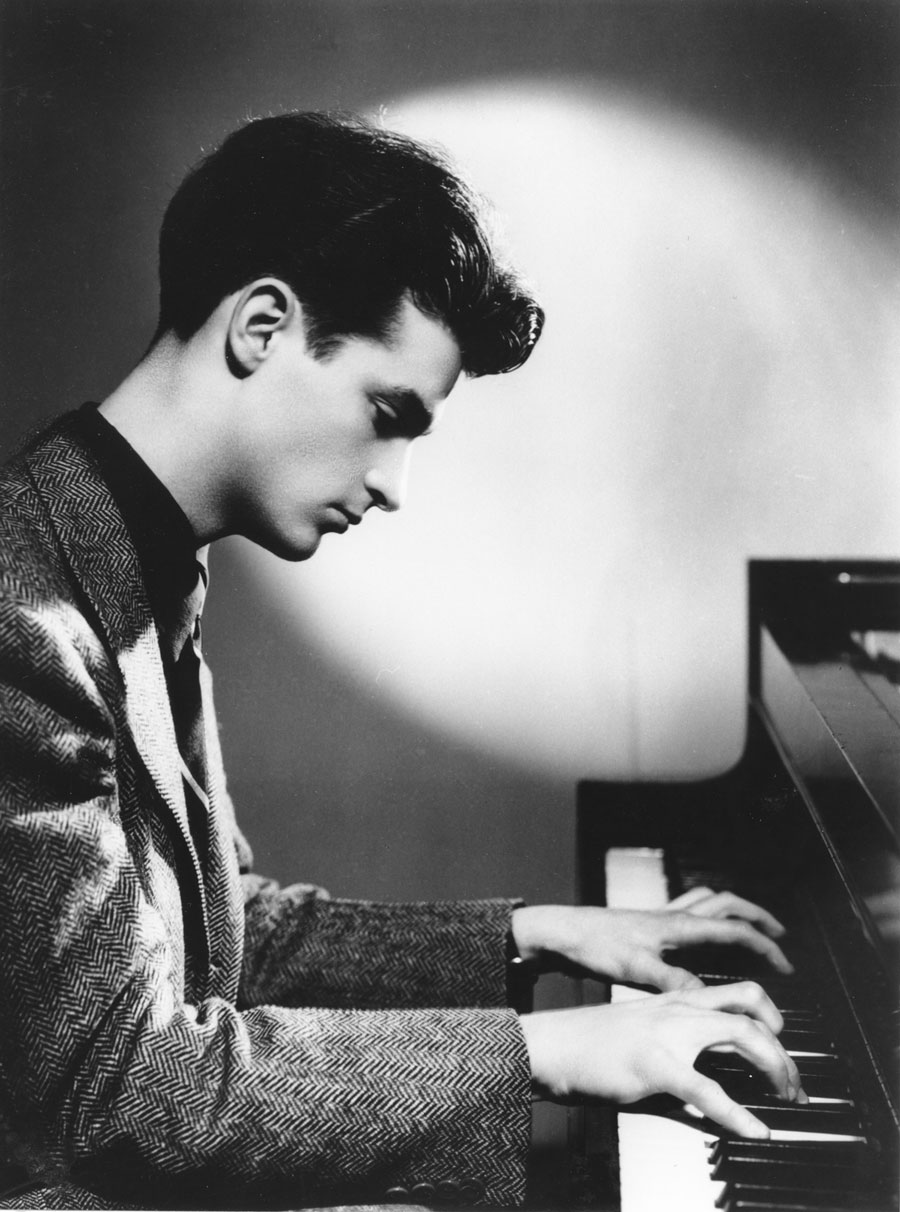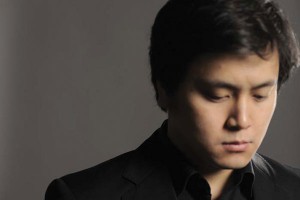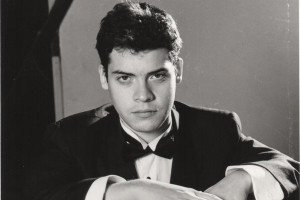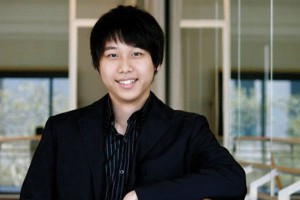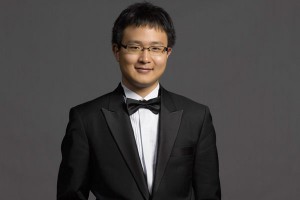The Kapell Competition Ends With An Evening of Concertos
After a concert last night in which the three Finalists played concertos with the Baltimore Symphony at the Clarice Smith Center’s Dekelboum Hall, the results of the 2012 William Kapell International Piano Competition are in, and they are as follows:
1st Prize – $25,000 to Yekwon Sunwoo, 23, of South Korea 2nd Prize – $15,000 to Jin Uk Kim, 28, of South Korea 3rd Prize – $10,000 to Steven Lin, 23, of the US The Chamber Music Award also went to Mr. Sunwoo. A list of the other awards given can be found at: http://claricesmithcenter.umd.edu
Well, it was a very exciting Final Round at the Kapell Competition, and there were some surprises. Anyone who has been reading my postings will know that I expected — from the first ten seconds of his first performance — that Steven Lin would win the First Prize. Based on his performances throughout the 2 weeks of the event, I still feel that way. This opinion, however, should take nothing away from the actual First Prize winner, Yekwon Sunwoo, who played spectacularly well — particularly the Rachmaninoff Third Concerto, which he played in the Semi-Finals (with a really superb accompaniment by pianist Colette Valentine, an ideal collaborator and a wonderful pianist in her own right), as well as in last night’s Final Round with the Baltimore Symphony and conductor David Lockington. On both occasions he let the beast loose with daring tempos, plenty of sonority and an especially ringing top. He cut mightily through what was often a pretty heavy handed orchestral accompaniment and, I think, therein lay his victory.
Mr. Lin, who had in every performance up to the Finals demonstrated a truly breathtaking technique as well as an imaginative and attention-compelling musicianship that was well beyond what I was hearing from his colleagues, was simply swamped by the orchestra throughout his performance of Rachmaninoff’s Rhapsody on a Theme of Paganini. Mr. Lockington and the BSO should take a share of the blame for this, there were passages, especially from the low brass, that were seriously, almost ridiculously, overplayed. (Was it Richard Strauss who said, “Never look at the brass, it only encourages them”?) But Mr. Lin, who at 23 is tall but still slight of frame, is going to have to find a much more robust tone when he next sits down in front of an orchestra, or risk another annihilation.
Jin Uk Kim, the Second Prize laureate, took a broad, encompassing view of Brahms’ Second Piano Concerto with its wide landscape of sun and shade. The first movement was leisurely and reflective in tone; the second, which Brahms referred to jokingly as “a tiny, tiny wisp of a scherzo,” was suitably growly and threatening. The Andante third movement was a glass of fine brandy and a cigar, an interlude of near stillness heightened by Chang Woo Lee’s plangent cello solo. The final Allegretto grazioso was subjected to a rather speedy interpretation of that tempo marking, but it sparkled and danced and the notorious runs of double thirds in both hands seemed to cause Mr. Kim no distress — in fact he strode through all the really thorny pianistics with no problems at all but cracked a fair number of notes in less difficult spots.
As I said at the beginning of my coverage of the Kapell, an event like this reminds us all of how many terrific pianists there are seeking careers. Not all of them will succeed, of course, but a number of competitors who didn’t make it to the Final Round still gave wonderful, memorable performances. To wrap this up, here (in no particular order) are a few of my happier memories from the past two weeks: Diyi Tang in Gaspard de la nuit, Guilliaume Masson’s Canope by Debussy, Jeewon Lee’s Tchaikowsky Concerto and Kreutzer Sonata (with Melissa White), both Misha Namirovisky and Alexandre Moutouzkine’s Scriabin performances, Younggun Kim’s Poulenc Novelettes and Prokofiev 7th Sonata, Julia Siciliano in the Waldstein Sonata, Chien-Lin Lu’s Chopin Bacarolle…, so many. Congratulations to all who participated.


